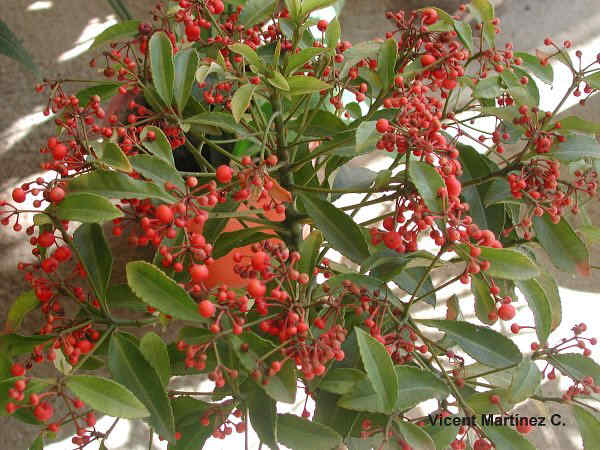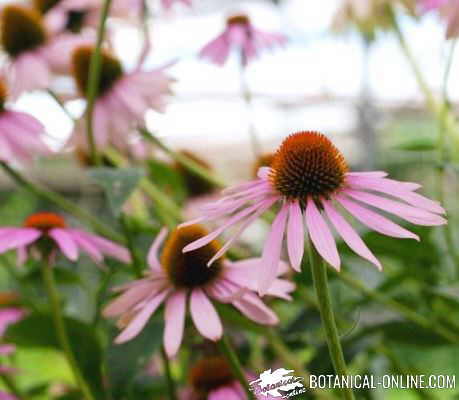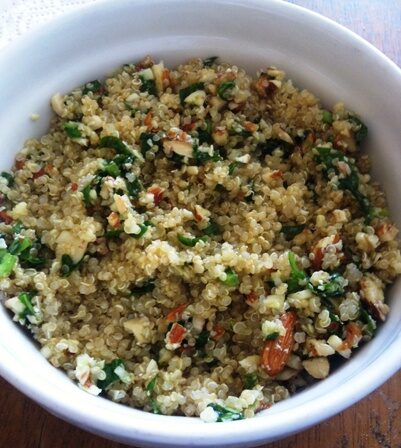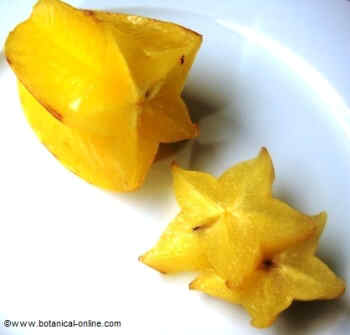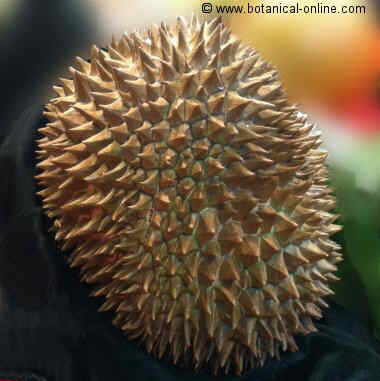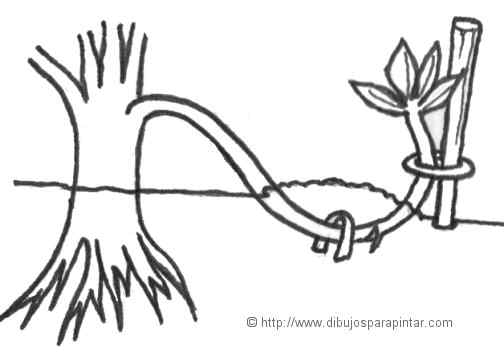Contents
- 1 How to grow goji?
- 1.1 How are the Goji berries we buy elaborated?
- 1.2 Goji. Characteristics
- 1.3 Goji. Watering
- 1.4 Goji. Uses
- 1.5 Goji. Environment and exposure
- 1.6 Goji. Reproduction and maintenance tasks
- 1.7 Goji. Soil and fertilization
- 1.8 Chemical treatments for goji
- 1.9 Goji berries drying
- 1.10 Conservation of goji berries
How to grow goji?
How are the Goji berries we buy elaborated?
![]()
Goji. Characteristics
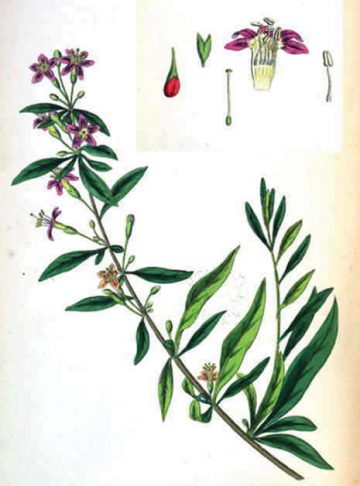
Goji is a shrub that requires little care for cultivation. It is well adapted to both cold and warm climates. It blooms in summer

Goji. Watering
Goji requires little water, therefore, it must be watered very moderately. It is important that the soil remains dry most of the time.
![]()
Goji. Uses
As a plant to produce fruits.
![]()
Goji. Environment and exposure
It requires a sunny, but it can also be exposed to partial shade.
![]()
Goji. Reproduction and maintenance tasks
It can be reproduced by cuttings or by seed in spring. It is important to prepare the seeds so as they can germinate properly. To do this, we we stratify them by placing them in the fridge for about 2 hours or leaving them to soak overnight before
In cold areas you should sow the seed in a warm seed bed. To do this put the seeds into a garden soil just over an inch deep. Cover with a thin layer of peat and water them lightly.
Keep seedlings in a bright and hot spot (in a greenhouse or a windowsill protected from cold drafts but not in direct sun) As they grow, they must be adapted to the sun and transplanted in their usual place when leaves are fully develop and the weather is favorable.
In warmer areas can be planted directly in the field.
Germination occurs rapidly, within 15 days, but seedling growth is quite slow. However, once well established, they grow faster reaching 2 or 3 feet in about 5 years.
Among the main tasks of maintenance we must point out following:
- Pinch the plant when it reaches 10 cm in height to make it grow as a shrub.
- Prune the plant to give it the right aspect and to encourage production.
- Clean the ground of weeds
![]()
Goji. Soil and fertilization
Goji needs be planted in a good loose soil, light, preferably with much sand or gravel, but it also adapts to a loamy soil with a pH between 6.6 and 7.5. Not to develop diseases it requires a good drainage.
It does not need any particular fertilizer
Chemical treatments for goji
In a standard cultivation to produce berries that are used for commercial purposes organochlorine insecticides and other fungicide pesticides are required to avoid the delicate berries to be damaged by insects and other pests.
Consequently, some residues of these substances can remain in the fruits, as demonstrated in early 2000 by the FDA, which identified higher levels of pyrethroids and fungicides on berries imported from China to the United States than those permitted by the United States law.
Therefore, there is a production program called “China’s Green Food Standard”, administered by the Ministry of Agriculture of China, which limits the use of insecticides, pesticides and fungicides in order to allow the exportation of Goji fruits.
Goji berries drying
When the berries are ripe, they must be carefully collected manually or the shrub or bush must be shaken so that only the ripe berries fall into the basket.
For traditional drying, the berries are expanded in drying wood to naturally dehydrate in the sun. They must be turned periodically so that the berries can be dried evenly. This drying is the best way to preserve the smell, color and flavor of the berries.
However, this drying process is long and it can be shorten currently performing it industrially. Machinery exists which produces dry air curtains with which berry is progressively dehydrated by increasing the exposure to heat for 48 hours.
These differences in the drying of the product will produce berries that can be found the market with different textures (stickier, softer, dryer,…) and with a different organoleptic properties (taste and odor).
Conservation of goji berries
Because of the distance and travel time between the producer country to the marketing place, a preservative substance is added to the berries to prevent bacterial growth in food.
Typically the preservative E220 is used. This preservative allows us to eat the berries, safe in its proper preservation. Obviously, all products in the European Union must pass rigorous checks, so these preservatives are applied at doses harmless to human health. they allow goji berries a long shelf life, up to 18 months.
Other commercial companies prefer to pasteurize the product, so as to “kill” bacteria, to achieve a healthy safe food, free of bacterial toxins. This process is more expensive, so it will be reflected in the final price of this product.
Interestingly, many packages labeled as “organic,” “biological” or from “organic farming or” are no so. Only those berries packaged with the seal of Certified Organic Farming can be considered from “organic farming”.
* More information: Antioxidant properties of goji berries
![]() More information about goji.
More information about goji.

